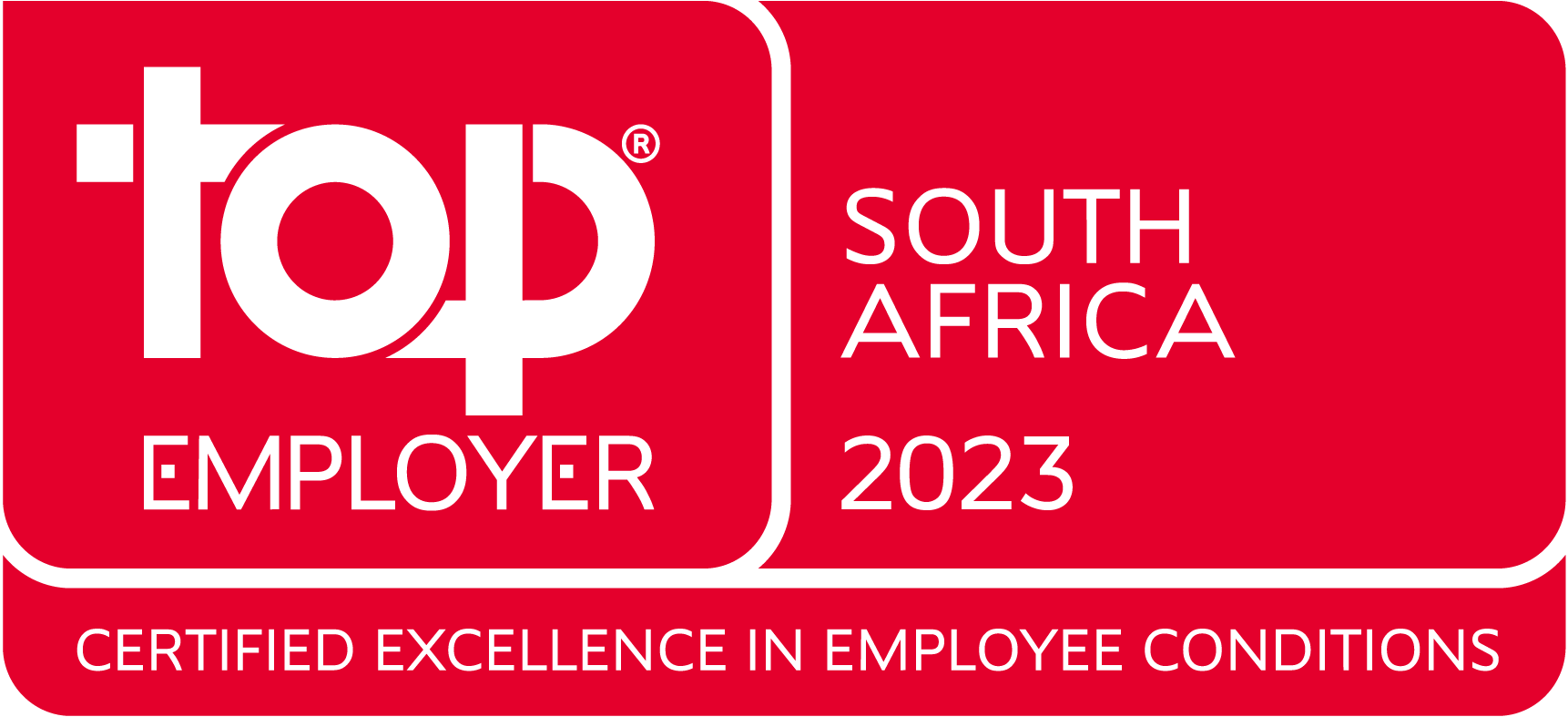
Author: Cathie Webb
TCTS Executive | ACCSYS Product & Enablement
As a line manager, even worse than receiving a letter of resignation is the thought of having to go through an interview cycle to replace a vacancy.
Of course, as a line manager one works hard at keeping those team members who make a positive difference to the work environment, are contributors to the team and who get the job done.
Why is recruitment so difficult?
Primarily, this is due to the time that the recruitment process takes. It should mean that the recruiting manager needs to:
- Review the job spec that is to be published – is the job profile still the same? Are the skills and qualification requirements still valid?
- Review the way in which role is advertised – are there internal candidates who can do the job, but need to put their hat in the ring? Is the advertising medium being used by the organisation the best fit for the role being recruiting?
- How to deal with the influx of CV’s, traditionally via email? How does the recruiter without bias, compare numerous documents which arrive in different formats, and decide on the best fit?
- Who is going to be in the first interview panel? And the second interview panel? How to keep the interview are panel objective? Access to assessment / skills tests for the candidates?
And then the actual job of recruitment begins. Even if working through an agency, the above process still applies. Each first interview takes at least 45 minutes.
Once the 1st interview panel reaches consensus it is good practice to go through a second round with senior panel members. It is interesting how people sometimes shine in interview 1, and seriously disappoint at the second level. Of course, the opposite might be true, which is why having a diverse panel, to assist in working against internal bias is so important.
Since the recruitment and interview process is the first step in a potential employee’s engagement with your organisation, it is important that the process be handled efficiently, and professionally. Taking care of all the above steps is key to starting off on a good footing with a new staff member.


